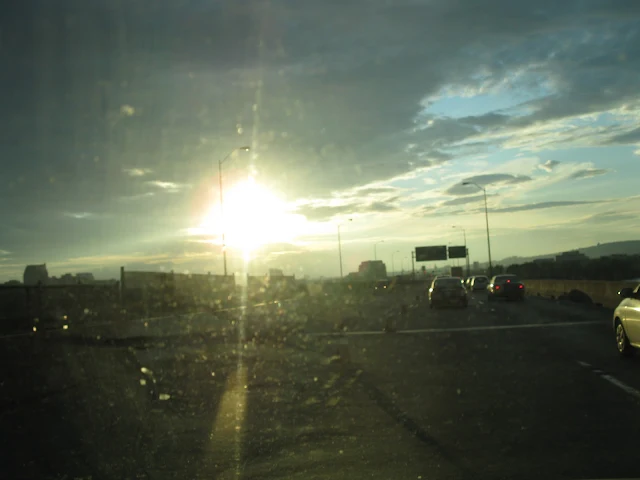The hidden trail is adjacent to the train tracks in Montreal West; photos taken the end of August, 2024.
Monday, September 30, 2024
Sunday, September 29, 2024
Saturday, September 28, 2024
Friday, September 27, 2024
Thursday, September 26, 2024
Subscribe to:
Comments (Atom)





































.JPG)
.JPG)
.JPG)
.JPG)
.JPG)
.JPG)
.JPG)
.JPG)
.JPG)
.JPG)
.JPG)
.JPG)
.JPG)